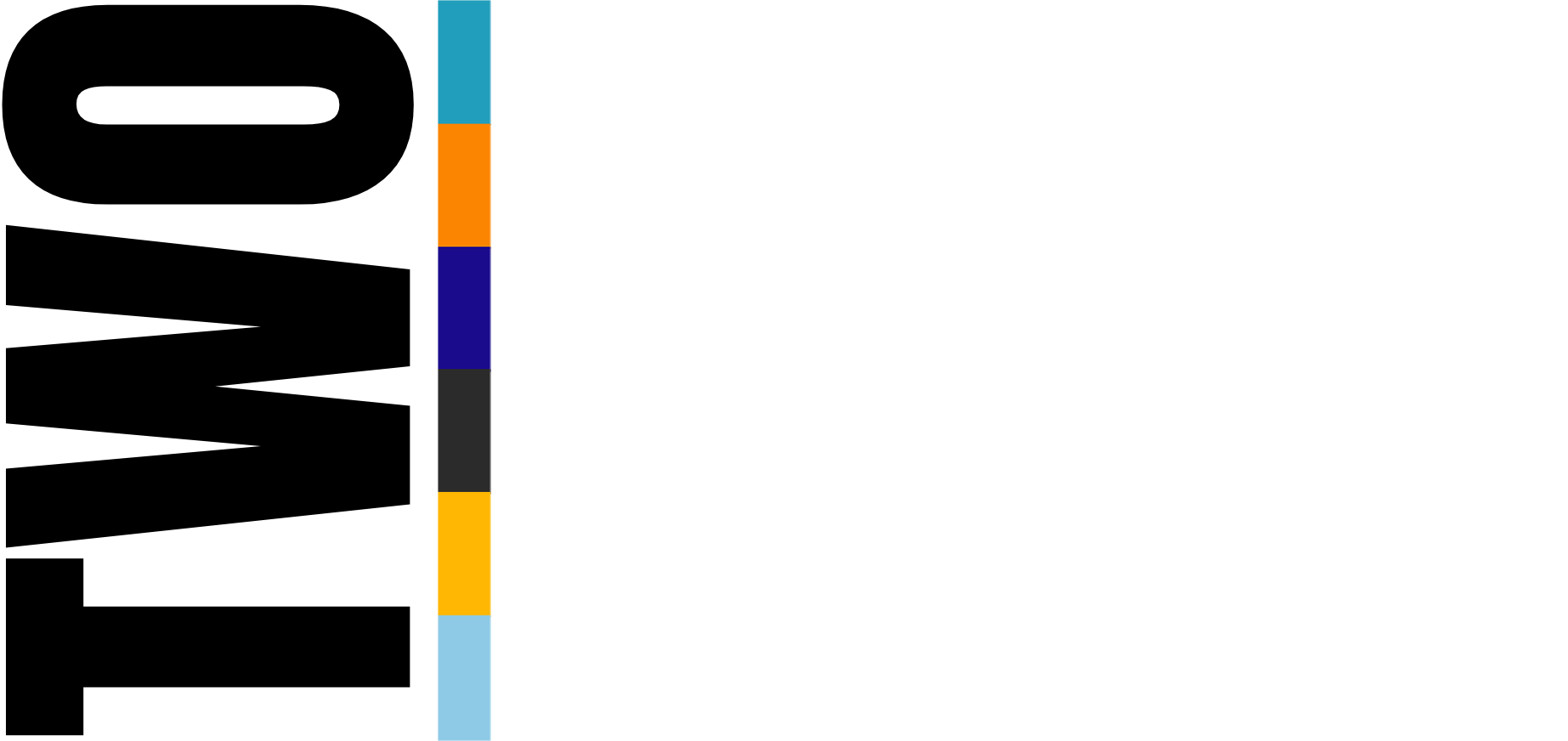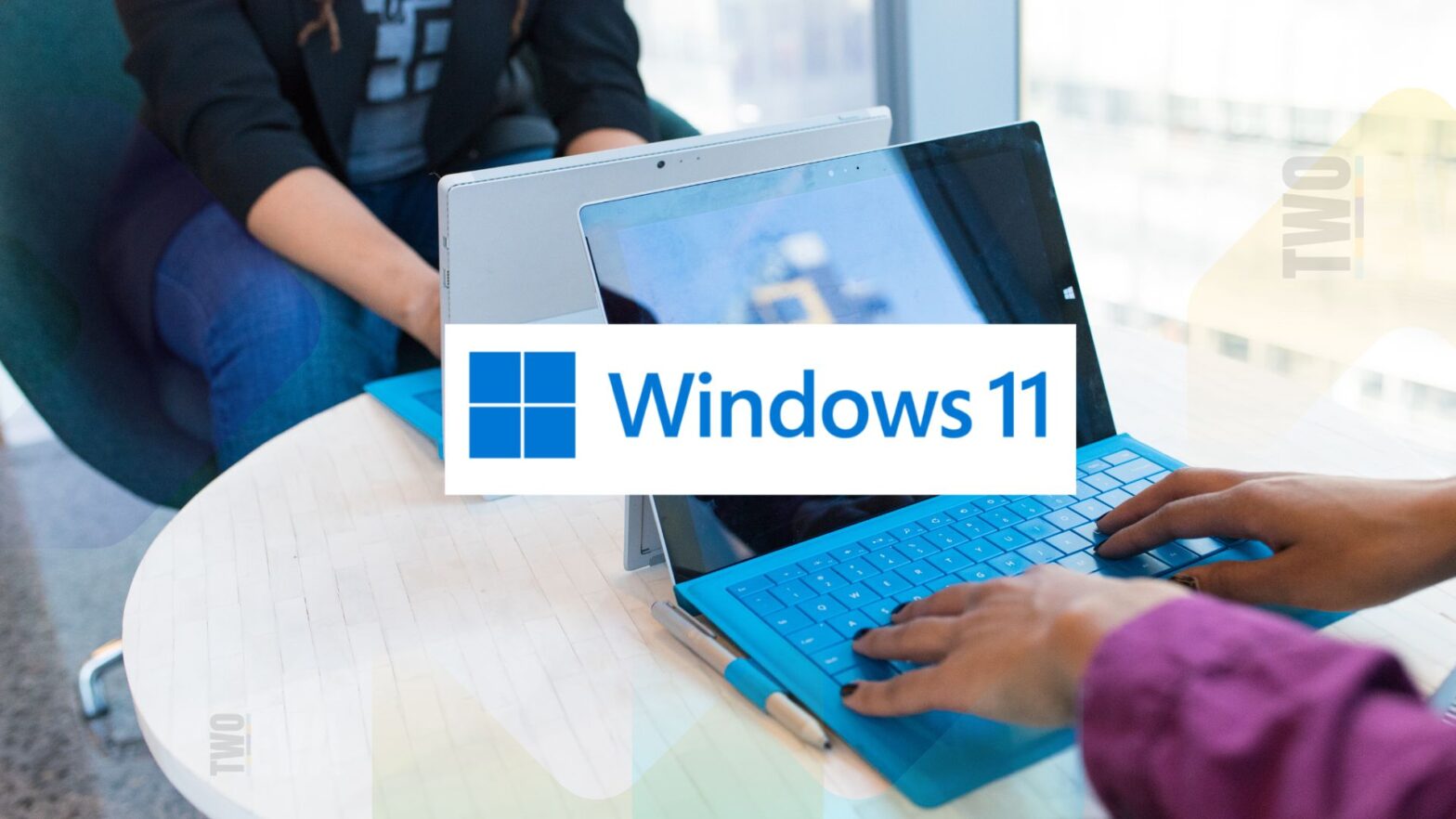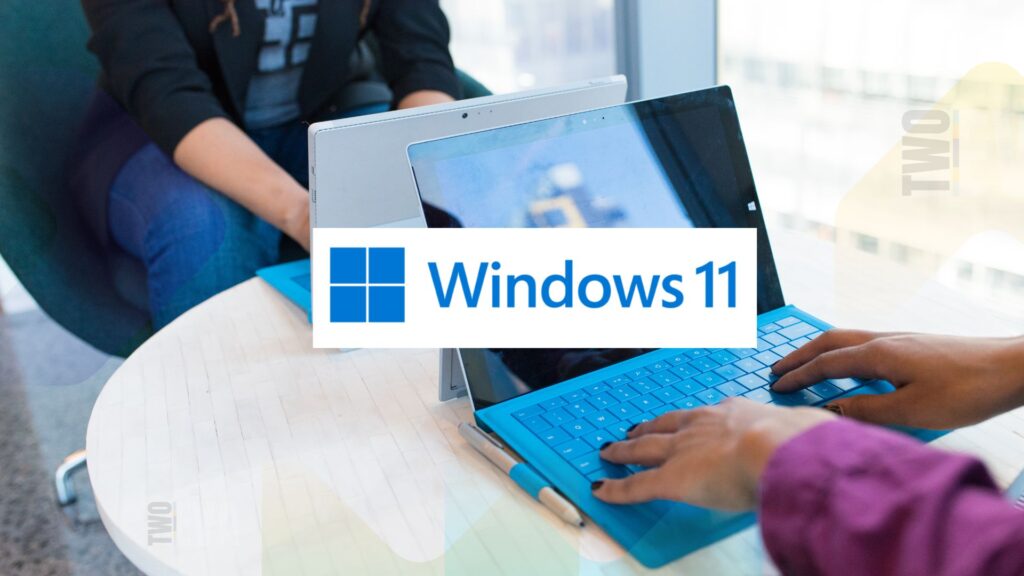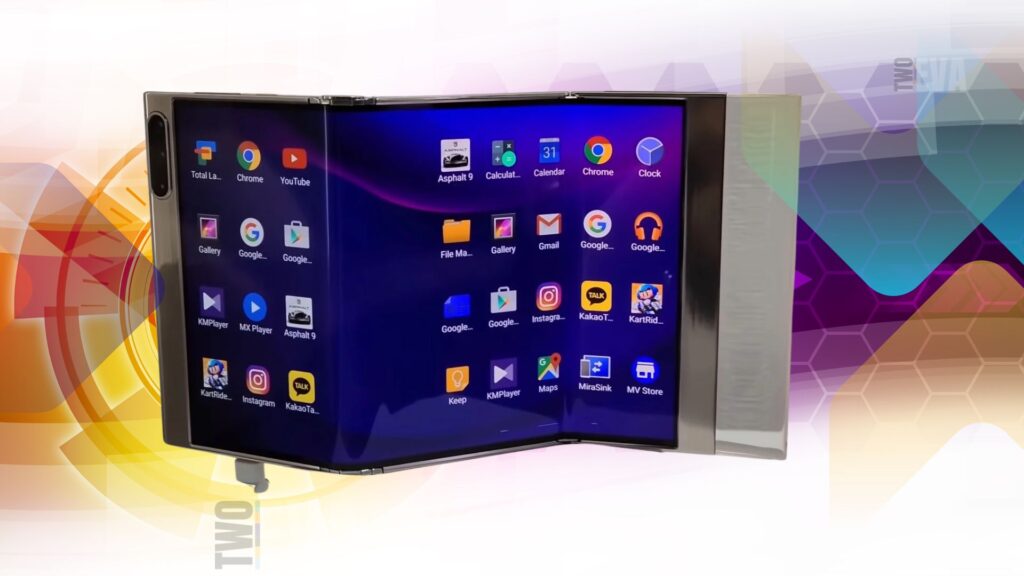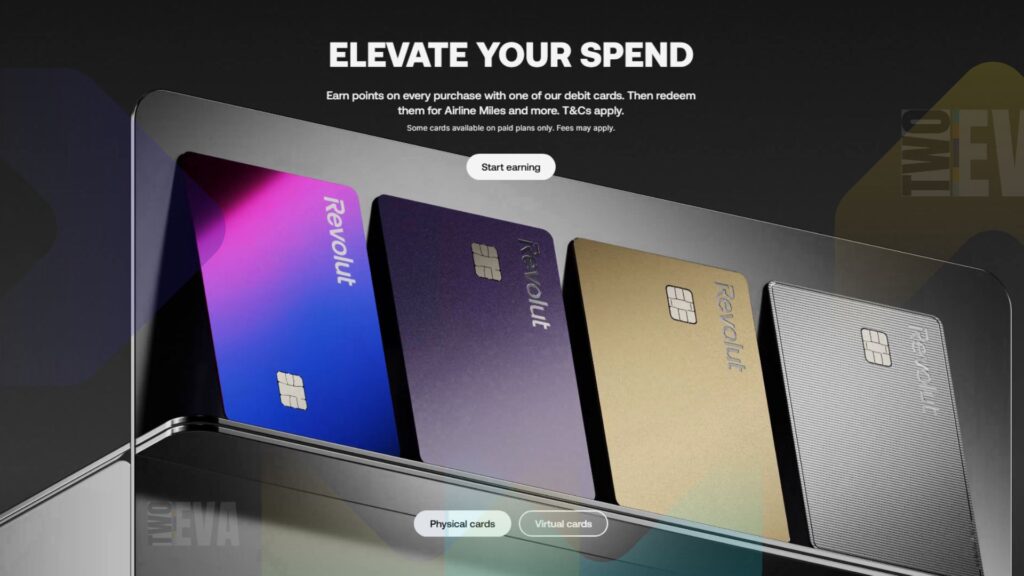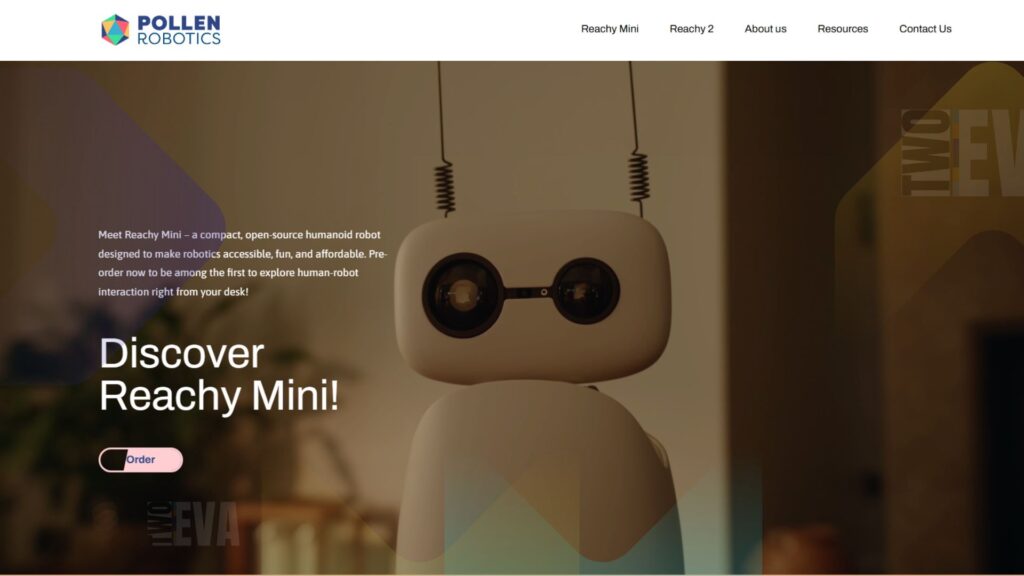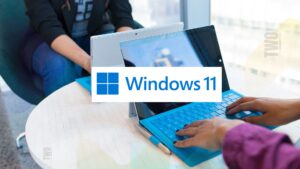As of July 2025, Microsoft’s Windows 11 has officially overtaken Windows 10 to become the world’s most popular Windows operating system, now running on approximately 52% of all Windows PCs. This marks the first time Windows 11 has surpassed its predecessor since its October 2021 release, driven largely by Microsoft’s push to encourage upgrades ahead of Windows 10’s end of mainstream support on October 14, 2025. StatCounter data shows Windows 11 at 51.77% and Windows 10 at 45.02% as of July 2025. More than 700 million devices are now running Windows 11, an all-time peak for the OS since its launch.
From Slow Start to Dominance
Windows 11 launched to lukewarm adoption, reaching less than 10% of installations in its first year. Many users and enterprises hesitated due to strict hardware requirements—such as mandatory TPM 2.0 support and compatibility restrictions on pre-2017 PCs—as well as minimal immediate advantages over the highly polished Windows 10. By 2023, Windows 11 had reached just 28% market share, climbing to 36% by late 2024.
But Microsoft’s aggressive campaign in 2025, including warnings about Windows 10’s impending end-of-support, frequent update prompts, and improved migration tools, accelerated adoption. “The looming cutoff compelled both businesses and consumers to act,” noted an industry analyst. Enterprises, in particular, sought long-term stability, enhanced security, and AI capabilities—features that increasingly made Windows 11 the logical choice for modern PC usage.
Why the Sudden Shift?
Windows 10’s end of mainstream support is the primary catalyst. Without security updates, unsupported systems become vulnerable, forcing users to upgrade. Microsoft also intensified its outreach, deploying full-screen prompts on Windows 10 devices and offering incentives like a free year of extended security updates for consumers who enabled Windows Backup and synced files to OneDrive.
Hardware refreshes also played a role. With modern security and AI features requiring newer components, many opted for new PCs rather than struggling with compatibility limitations. “Windows 11’s growth was inevitable once hardware turnover caught up,” said a tech analyst. While some enterprises initially resisted due to migration costs, the urgency of security compliance has pushed them toward adoption.
Challenges Along the Way
The transition wasn’t seamless. Windows 11’s stringent hardware requirements excluded millions of older devices, particularly in cost-sensitive sectors like education and small businesses. Many users delayed upgrading simply because Windows 10 worked well—why fix what isn’t broken?
However, over time, Windows 11’s refined security, gaming optimizations, and AI integration provided clearer incentives. The impending support deadline added pressure, tipping the scales in favor of adoption.
What’s Next for Windows 10 Holdouts?
After October 14, 2025, mainstream support for Windows 10 ends, leaving systems without critical updates unless users pay for extended security updates—similar to Microsoft’s approach with Windows 7. Businesses may opt for paid extensions, but experts warn that running an unsupported OS carries risks.
Windows 11’s dominance is expected to grow as Microsoft phases out Windows 10 entirely. With StatCounter already showing a steady decline for Windows 10, analysts predict an even steeper drop post-2025.
While Windows 11 now leads the Windows ecosystem, Microsoft’s broader desktop market share remains steady at 70.6%, with most shifts occurring internally between Windows versions rather than reflecting a broader market expansion.
For now, the question isn’t whether Windows 11 will continue growing—it’s how quickly the last Windows 10 holdouts will make the jump.
